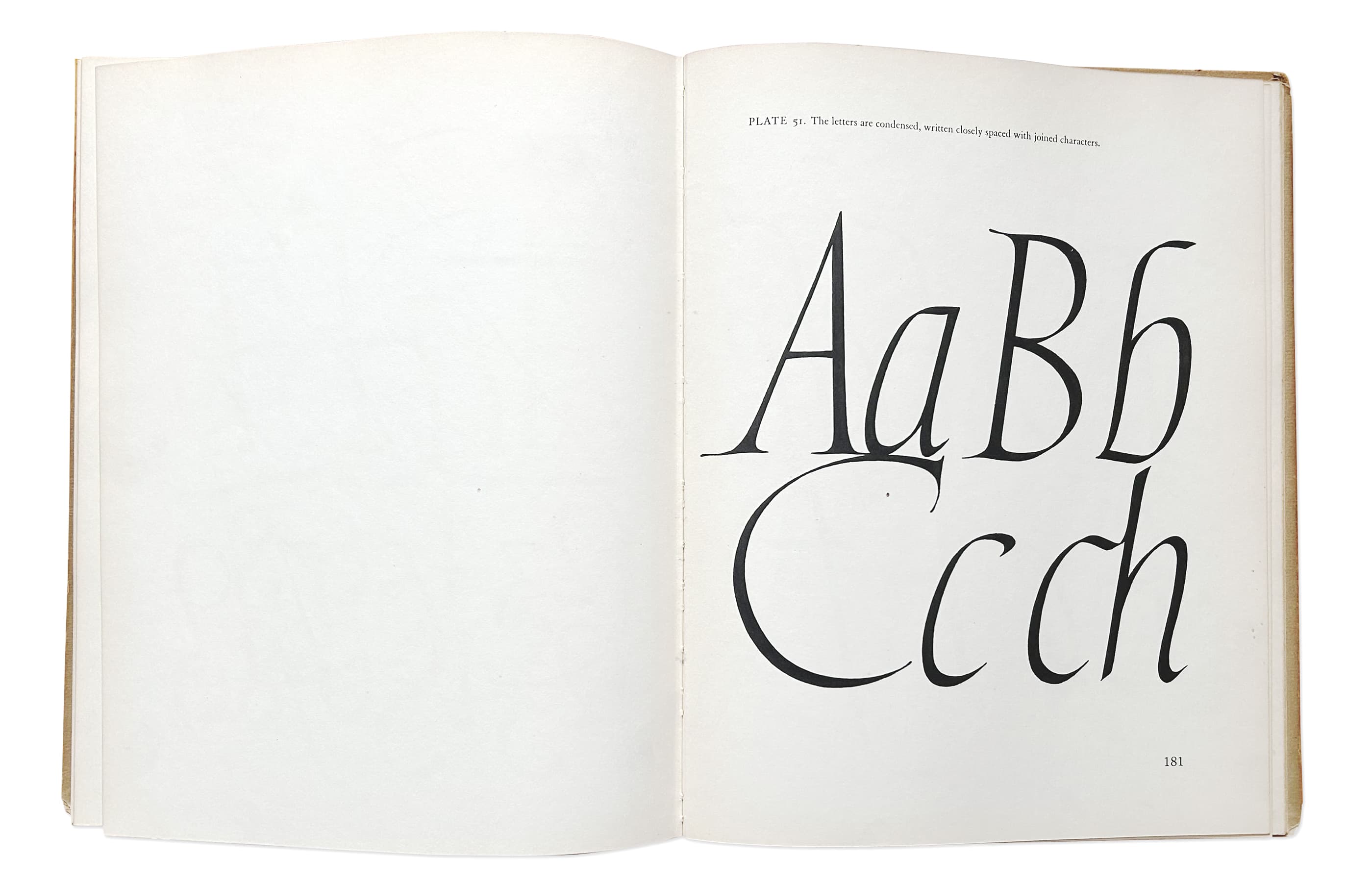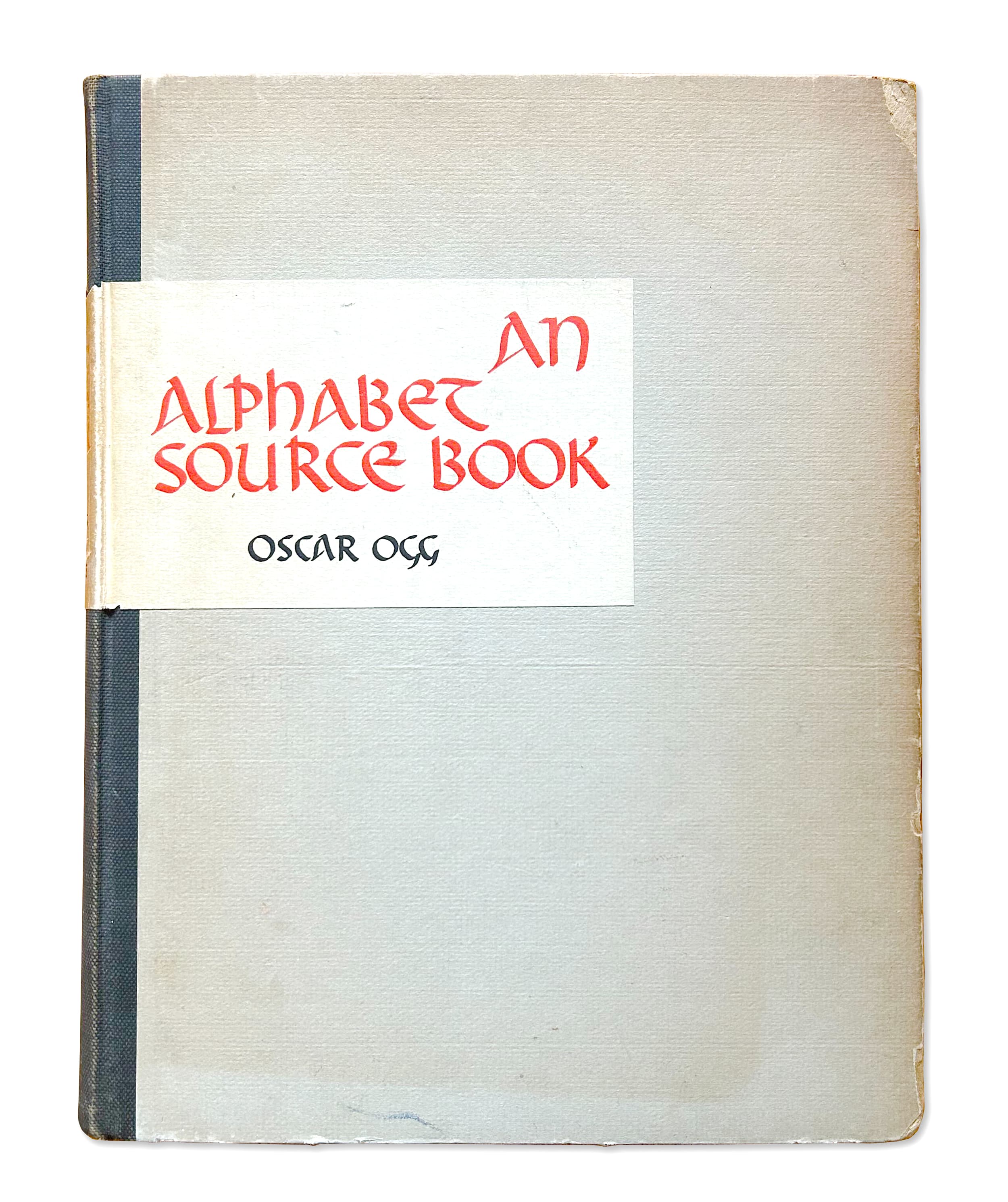Sharp Freehand

Paro Taktsang, is a sacred Vajrayana Himalayan Buddhist site located in the cliffside of the upper Paro valley in Bhutan. It is one of thirteen Tiger's Nest caves in historical Tibet in which Padmasambhava practiced and taught Vajrayana.
Gift
Yale
Saint Catherine's Monastery, officially the Sacred Autonomous Royal Monastery of Saint Catherine of the Holy and God-Trodden Mount Sinai, is a Christian monastery located in the Sinai Peninsula of Egypt. The monastery was built by the orders of the Byzantine emperor Justinian I, enclosing what is claimed to be the burning bush seen by Moses. Centuries later, the purported body of Saint Catherine of Alexandria, said to have been found in the area, was taken to the monastery; Saint Catherine's relics turned it into an important pilgrimage site, and the monastery was eventually renamed after the saint.

The Ostrog Monastery is a monastery of the Serbian Orthodox Church situated against an almost vertical background, high up in the large rock of Ostroška Greda, in Montenegro. It is dedicated to Saint Basil of Ostrog , who was buried here. From the monastery, the Bjelopavlići plain can be seen. The monastery is located in Danilovgrad Municipality, 50 km away from Podgorica and 15 km away from Nikšić. Ostrog monastery is the most popular pilgrimage place in Montenegro. The Monastery was founded by Vasilije, the Metropolitan Bishop of Herzegovina in the 17th century. He died there in 1671 and some years later he was glorified. His body is enshrined in a reliquary kept in the cave-church dedicated to the Presentation of the Mother of God to the Temple. The present-day look was given to the Monastery in 1923–1926, after a fire which had destroyed the major part of the complex. The two little cave-churches were spared and they are the key areas of the monument. The frescoes in the Church of the Presentation were created towards the end of the 17th century. The other church, dedicated to the Holy Cross, is placed within a cave on the upper level of the monastery and was painted by master Radul, who successfully coped with the natural shapes of the cave and laid the frescoes immediately on the surface of the rock and the south wall. Around the church are monastic residences.
The Royal Monastery of Saint Mary of Guadalupe (Spanish: Real Monasterio de Santa María de Guadalupe) is a Roman Catholic monastic establishment built during the 14th century located in Guadalupe, in Extremadura, Spain. It is located at the foot of the eastern side of the Sierra de las Villuercas and was one of the most important and fine monasteries in the country for more than four centuries. UNESCO declared it a World Heritage Site in 1993. The monastery had its origins in the late 13th century, when a shepherd from Cáceres, named Gil Cordero, discovered on the bank of the Guadalupe River a statue of the Blessed Virgin, which had been apparently hidden by local inhabitants from Moorish invaders in 714. On the site of his discovery a chapel was built, dedicated under the title of Our Lady of Guadalupe. King Alfonso XI, who visited the chapel more than once, invoked Santa Maria de Guadalupe in the Battle of Rio Salado. After gaining the victory, he ascribed it to the Madonna's intercession, declared the church at Guadalupe a royal sanctuary and undertook an extensive rebuilding program. In 1389, the Hieronymite monks took over the monastery and made it their principal house. Construction works continued under the auspices of the order's first prior, and in 1474 Henry IV of Castile was entombed in Guadalupe, next to his mother. King Ferdinand II of Aragon issued the Sentencia Arbitral de Guadalupe at the monastery on 21 April 1486, thus effectively ending the onerous evil customs allowing medieval nobles in Catalonia to maltreat the remensa peasants and tie them to their lands. The monastery has rich associations with the New World, including the Guadeloupe island in the Caribbean. It was here in Extremadura where Christopher Columbus made his first pilgrimage after discovering America in 1492 and where he first thanked heaven for his discovery. Even after the monks from Guadalupe founded the famous monastery of Escorial, which was much closer to the royal capital, Madrid, Santa Maria de Guadalupe retained the royal patronage. It remained the most important cloister in Spain until the Confiscation of monasteries in 1835. In the 20th century, the monastery was revived by the Franciscan Order and Pope Pius XII declared the shrine a "Minor Papal Basilica" in 1955.
